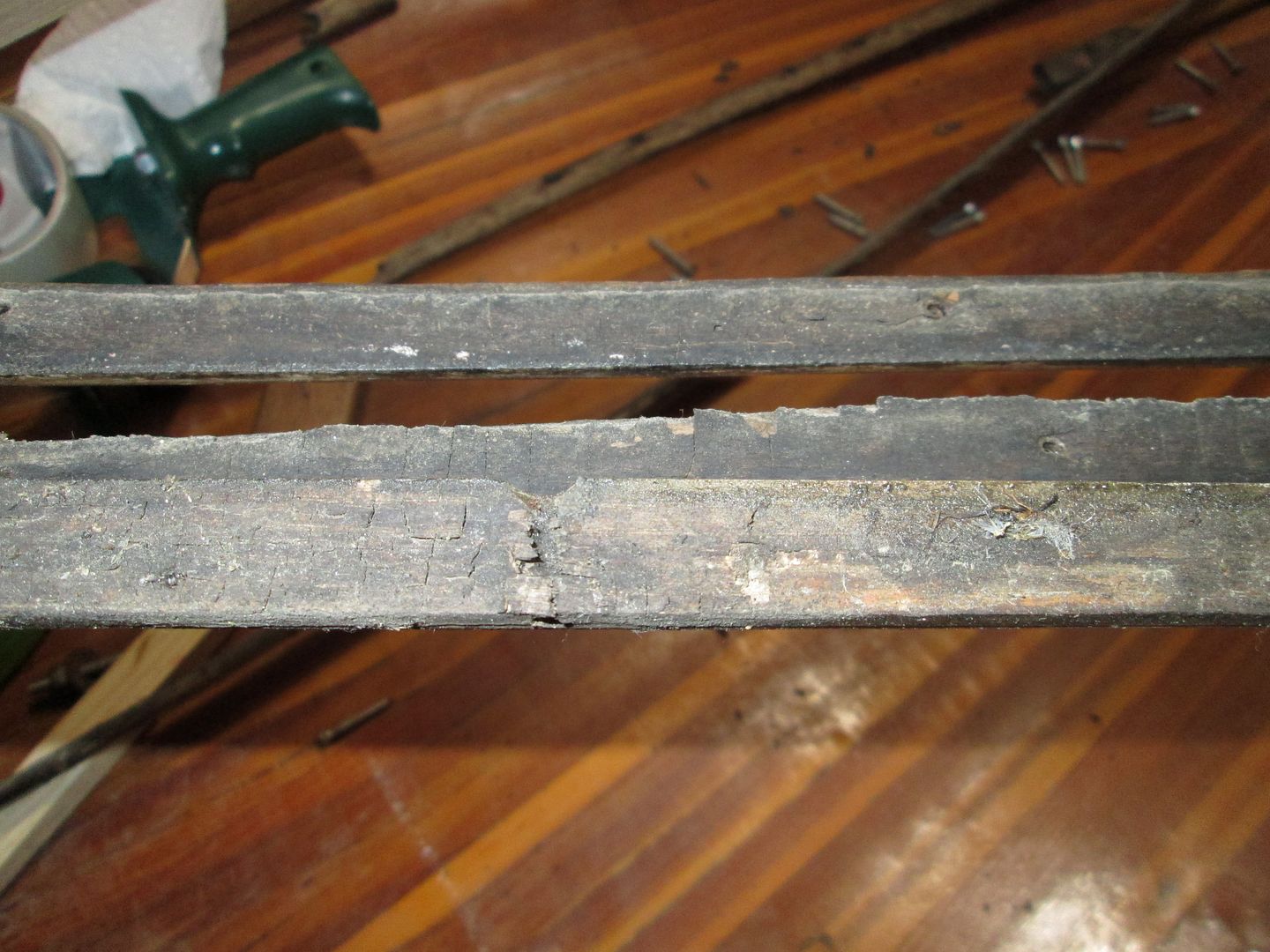- Joined
- Jun 22, 2016
- Messages
- 163
- Reaction score
- 24
I too have gone to treating the hidden faces of the inwales and outwales (the faces that will contact the hull) with epoxy which I feel is more durable than varnish or polyurethane and much more durable than oil. I use a "penetrating" epoxy, specifically System Three Clear Coat.
There are advantages and disadvantages to both bright finishes (varnish or urethanes) and oils. Oil finishes require enough dedication to reapply the oil as often as needed. If your canoe is stored outside and/or sees a lot of use, this can be several times per year. It is easy to say that you will keep up with it, but many do not despite good intentions to do so. Reapplying oil finishes is pretty quick and easy though, as long as you make yourself do it.
Bright finishes are more durable. Particularly durable is 2 or 3 coats of a clear penetrating epoxy followed by several coats of varnish or polyurethane. But if your canoe sees heavy use, especially whitewater use where gunwale abrasion is much more likely, the bright finish will get scratched up. Reapplication of bright finish is more involved usually involving sanding, down to bare wood if the finish is extensively scratched or checkered. Initial application is also more involved.
My approach has often been to use bright finishes on gunwales for flat water boats and oils for whitewater boat gunwales. I will often finish thwarts, yokes, seat frames, and seat hangers with bright finish as these components are more protected than the gunwales.
I have used a wide variety of oils over the years including Watco exterior, Watco Teak, Deks Olje, Gunwale Guard, pure Tung oils, and "Tung oil finishes". I would advise staying away from Gunwale Guard but the others can all give good results.
Thanks Pb...I have also used bright finishes on seats and yokes and thwarts, etc... Using it on a high traffic spot like gunnels would not be wise. This being my first gunnel project, I appreciate your help!
I on the fence about using the epoxy hull-side. Not sure if I want to go to the trouble however I see the benefit.


